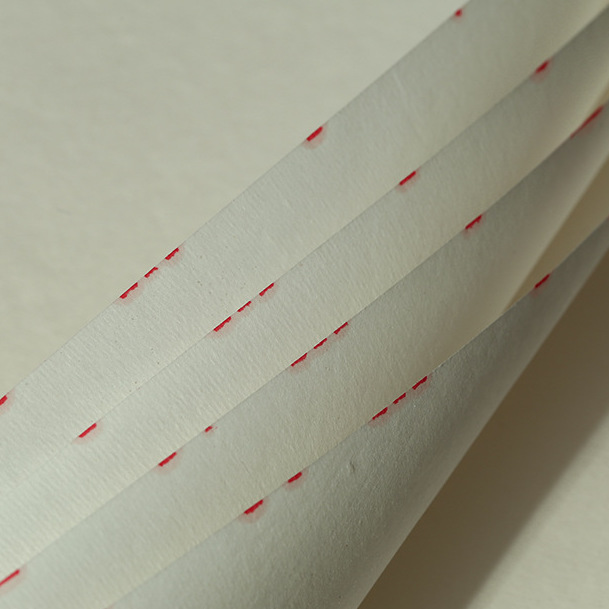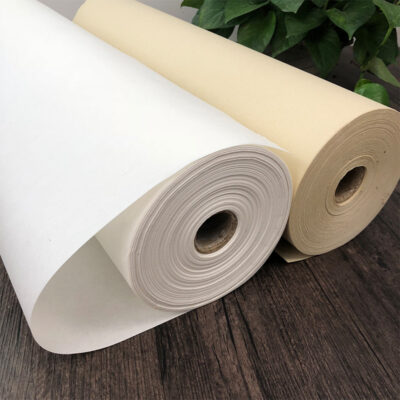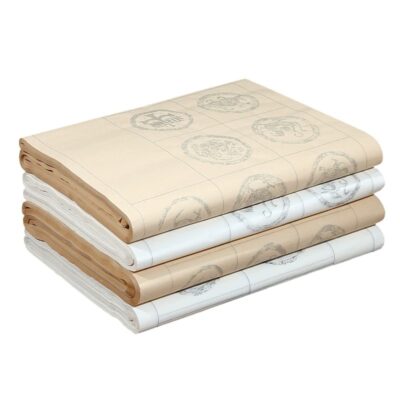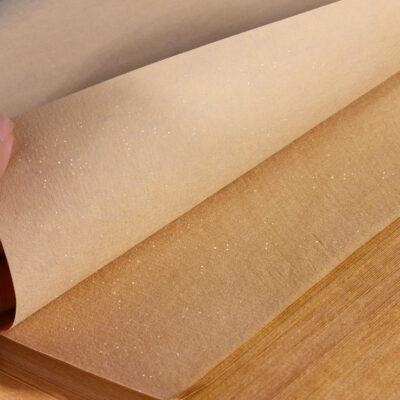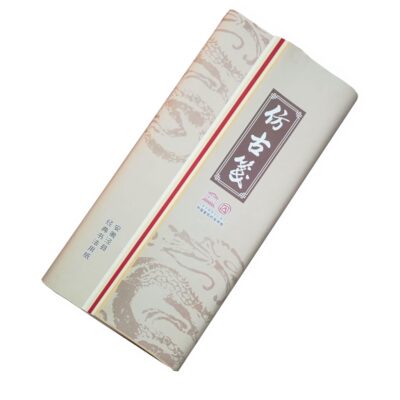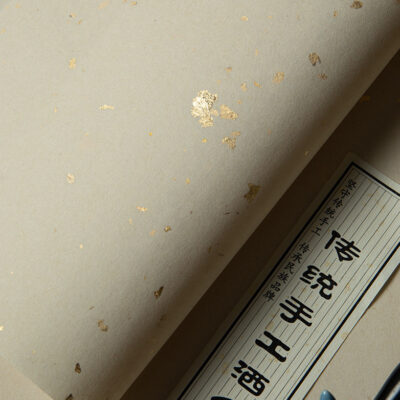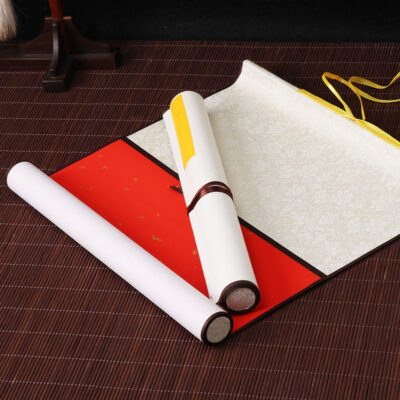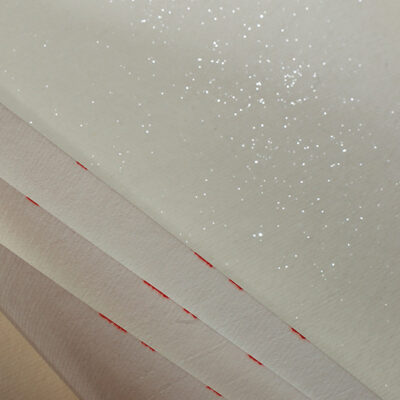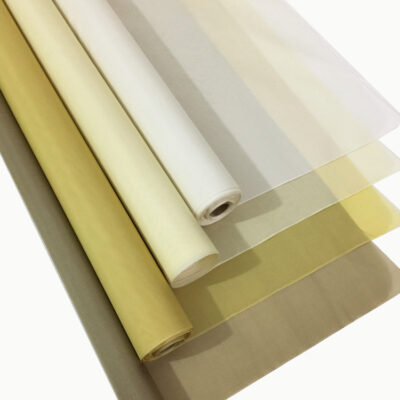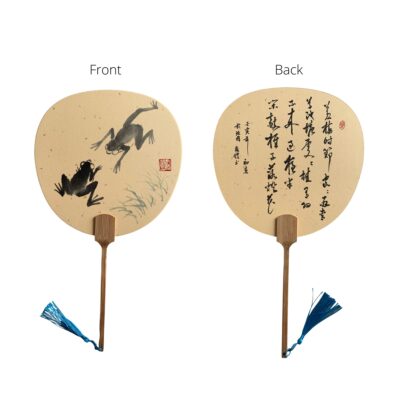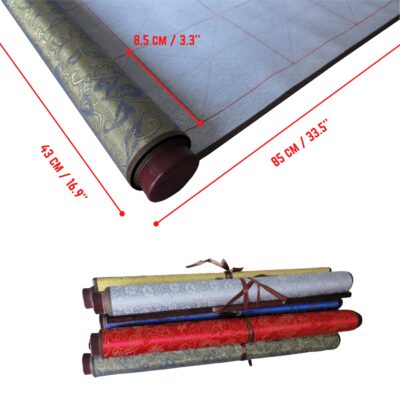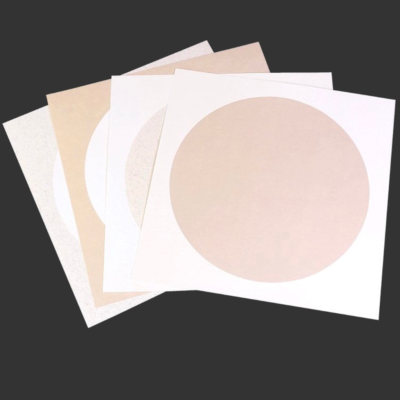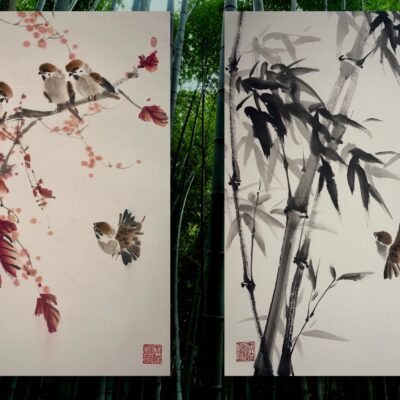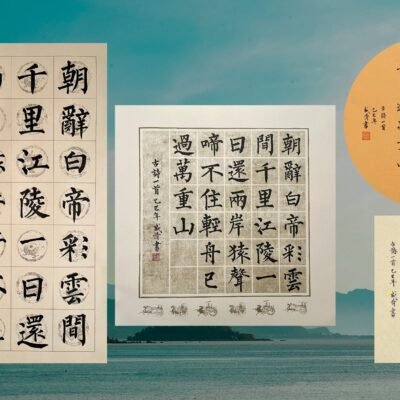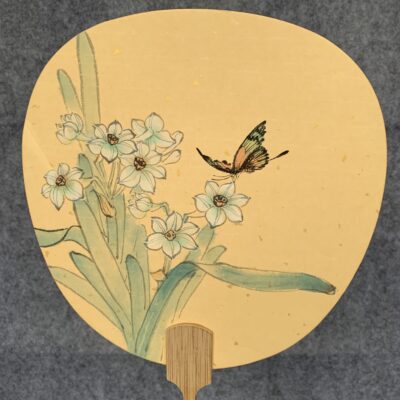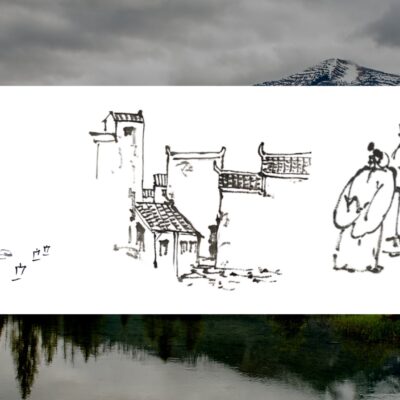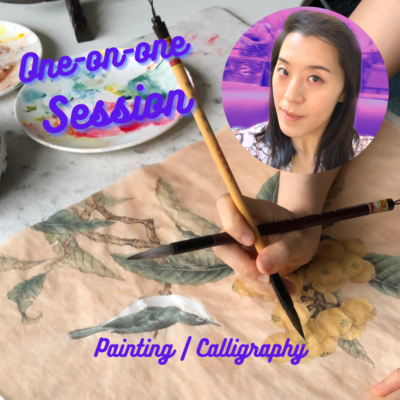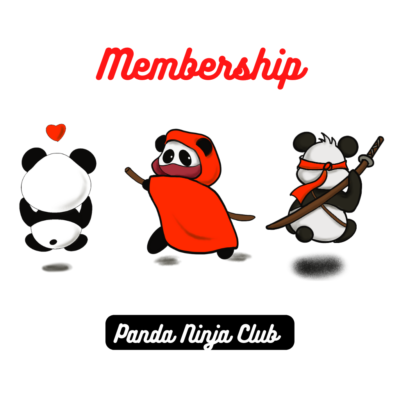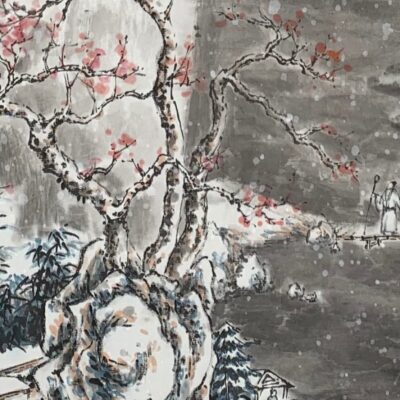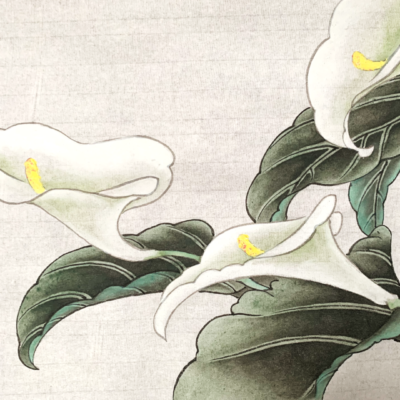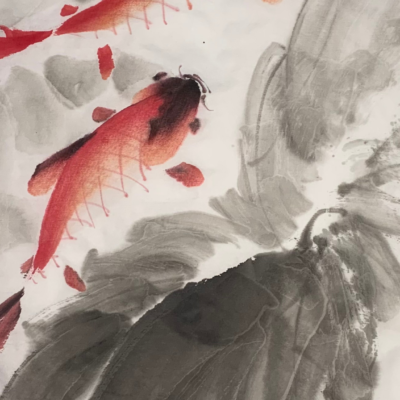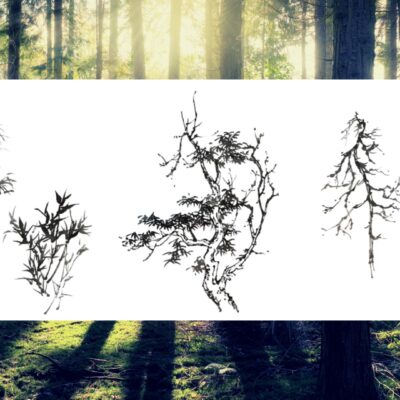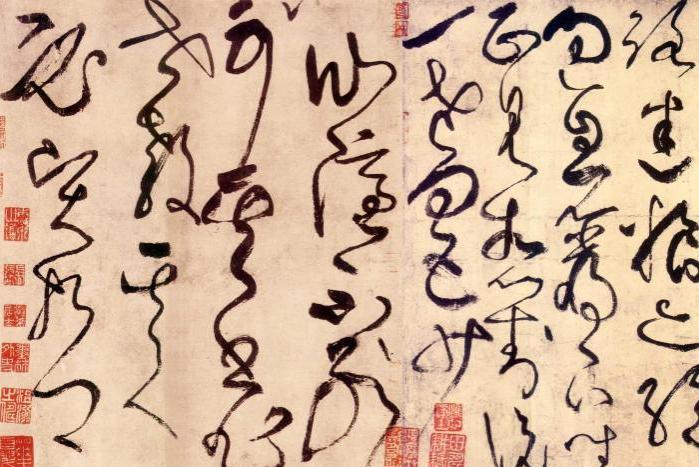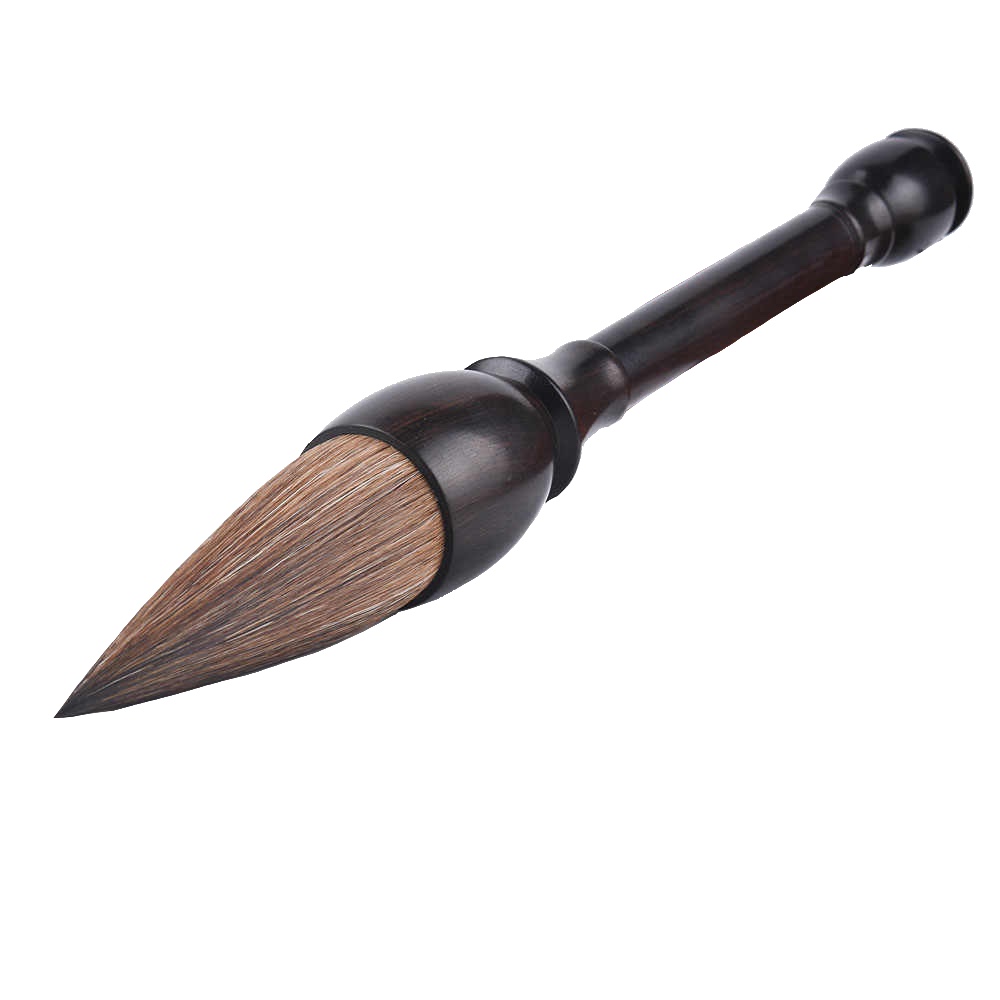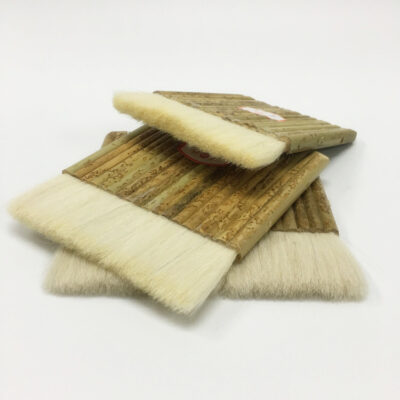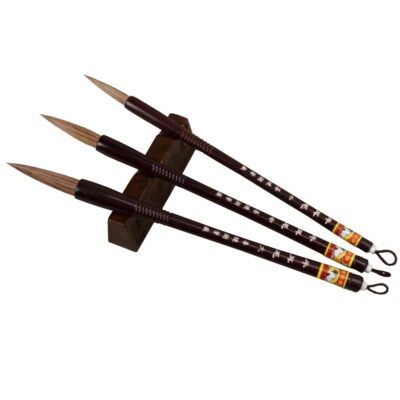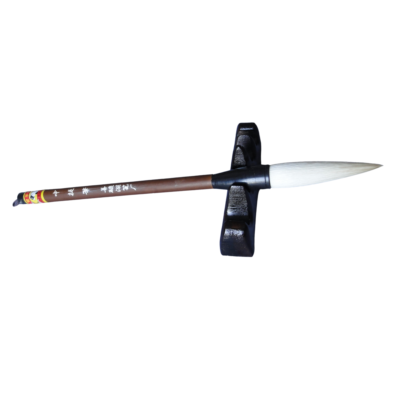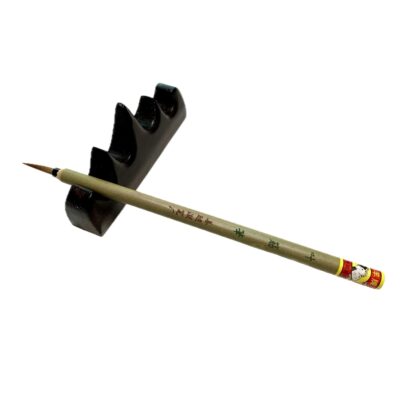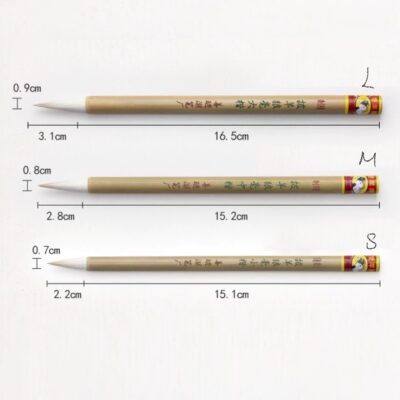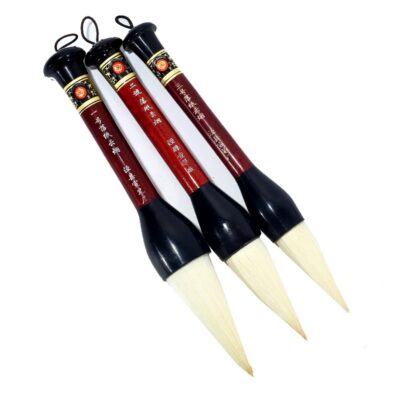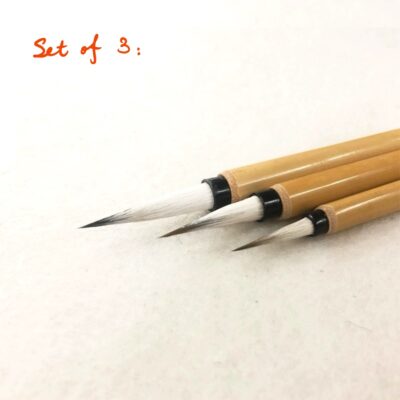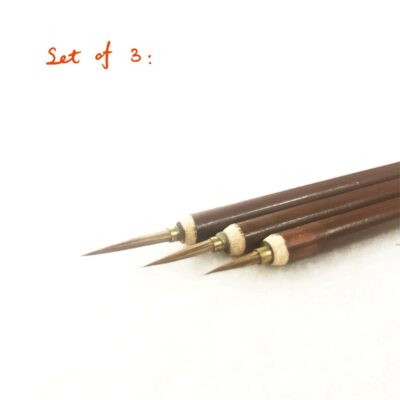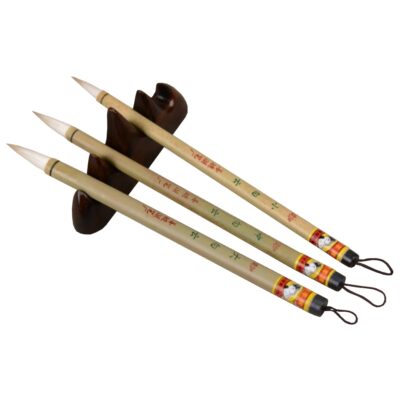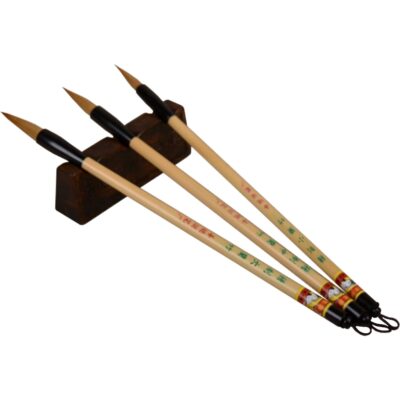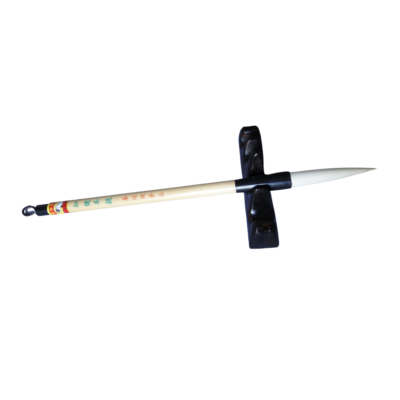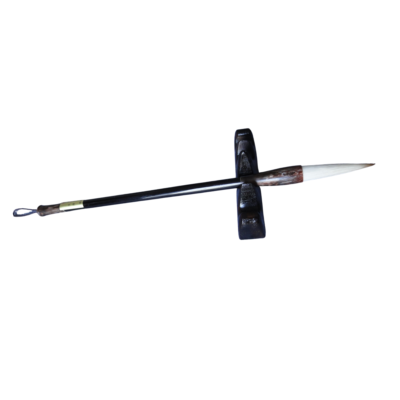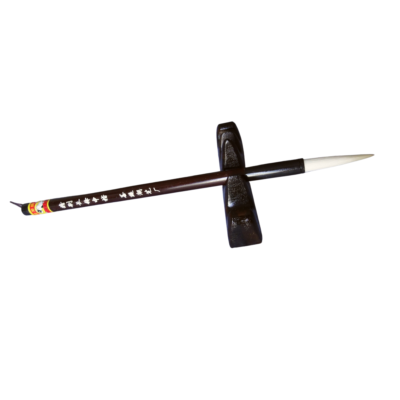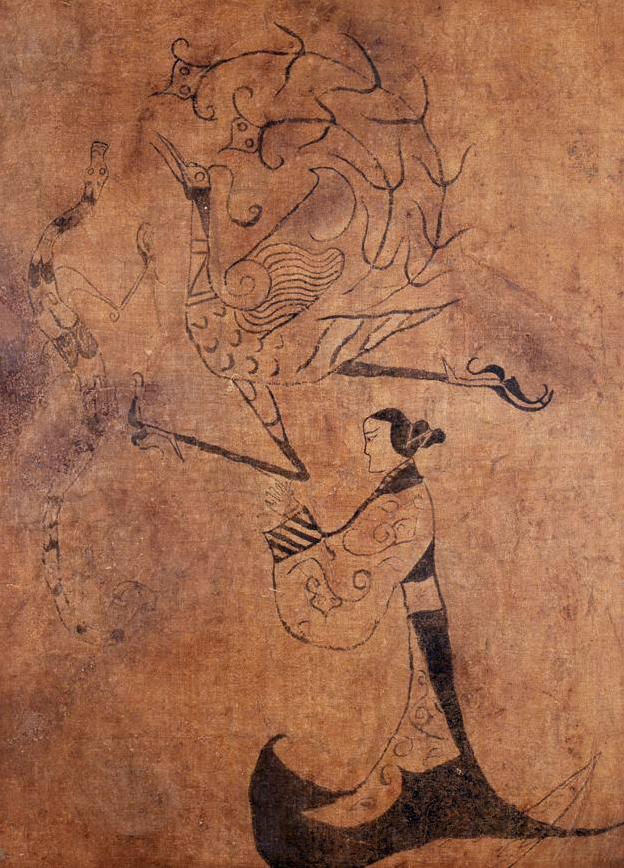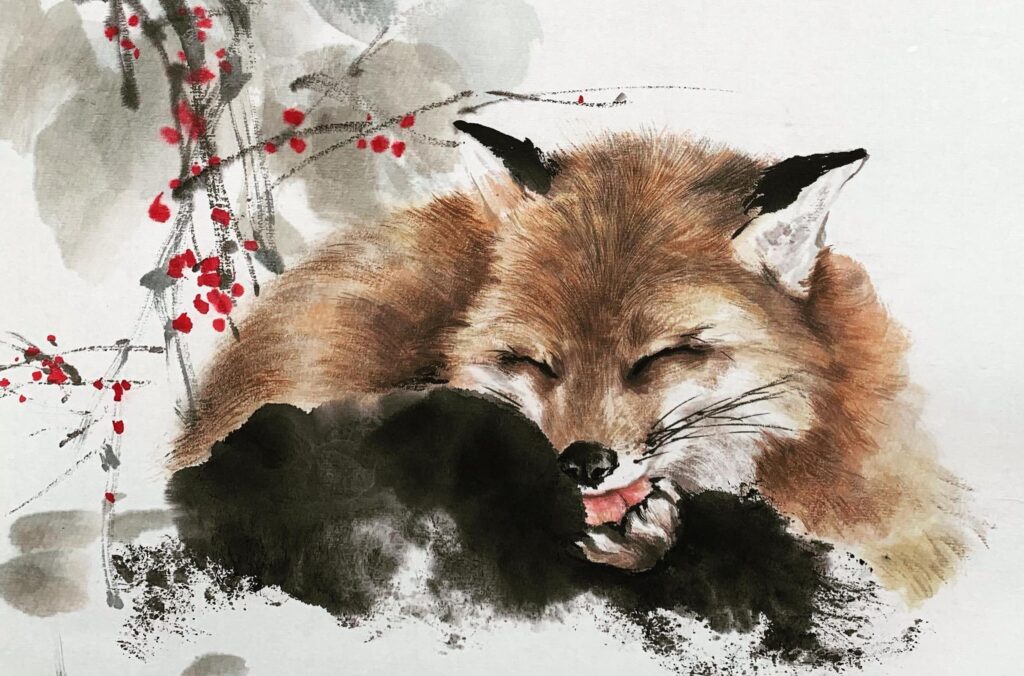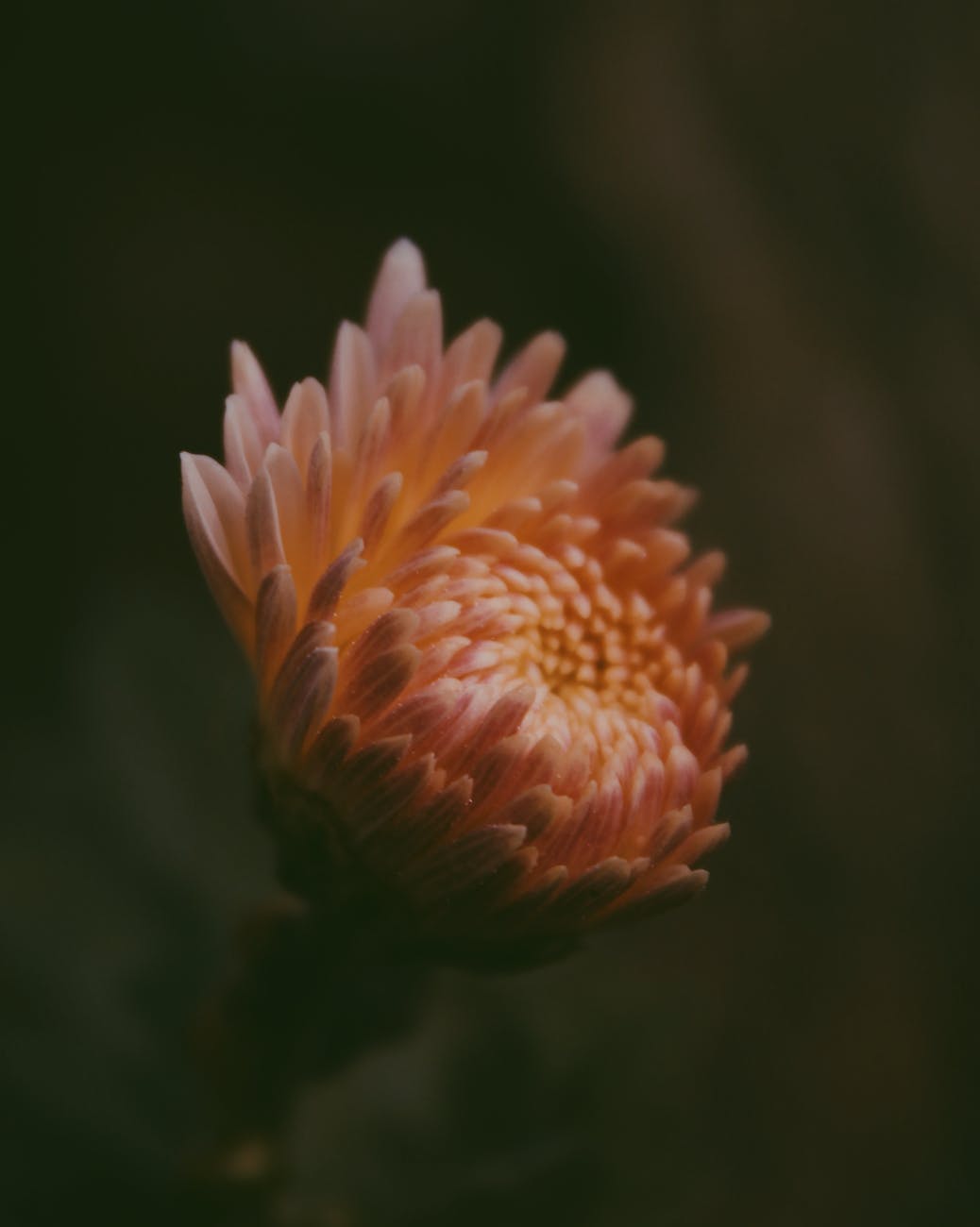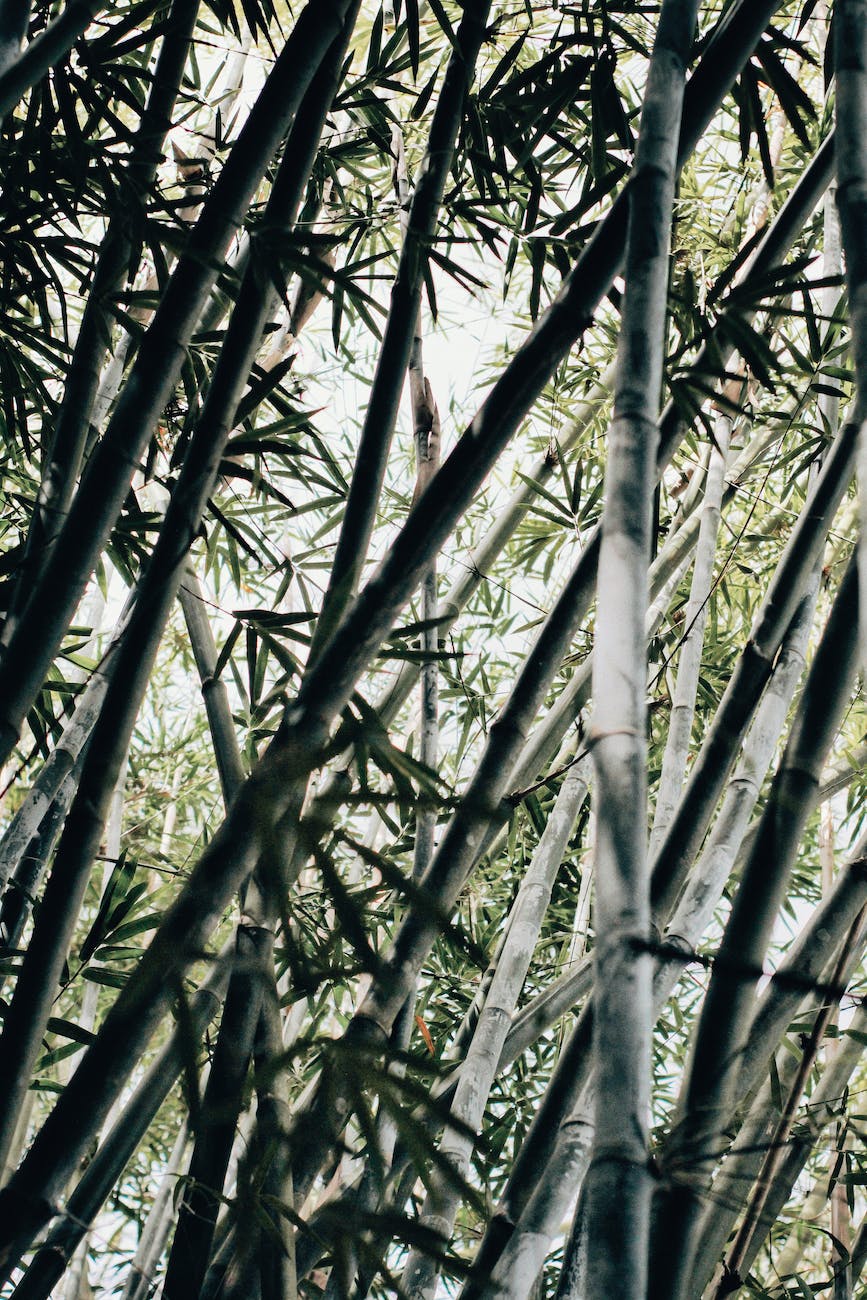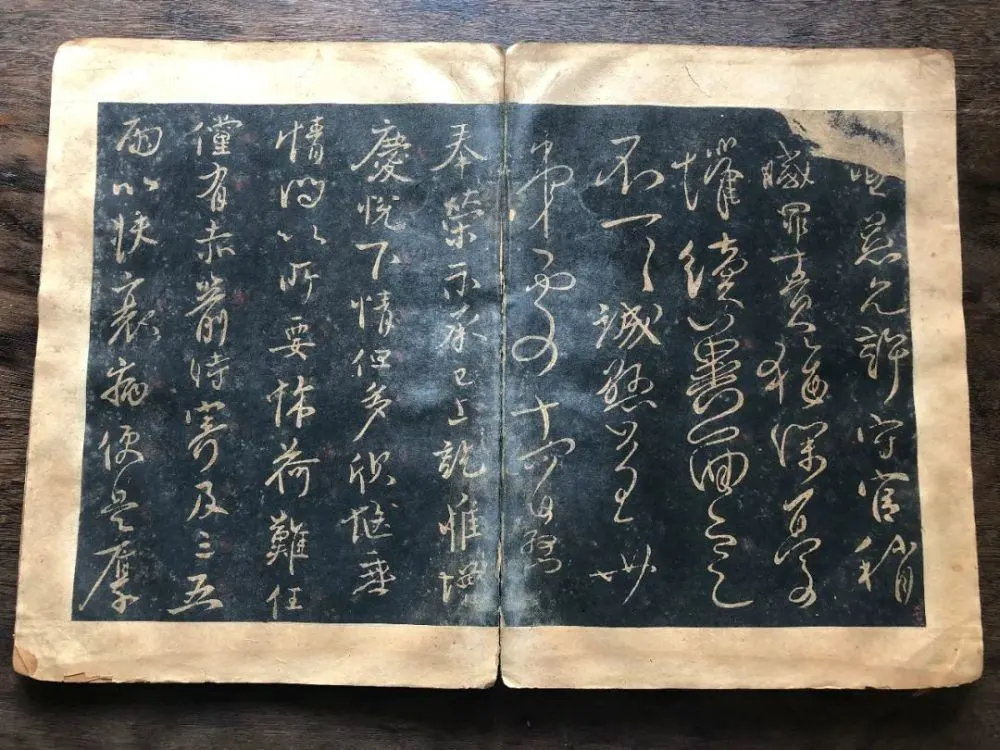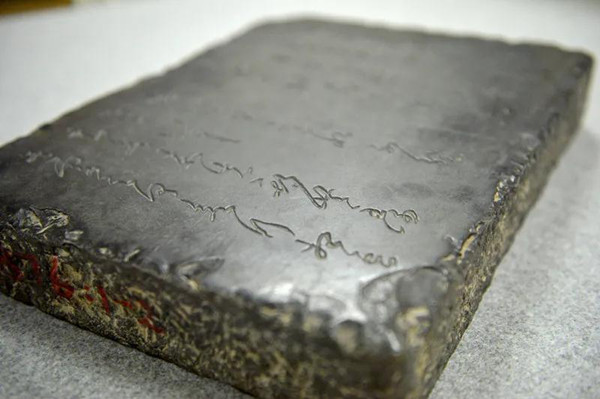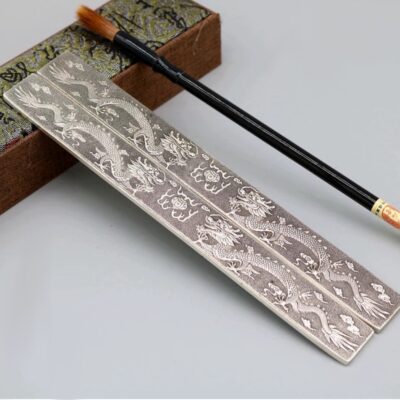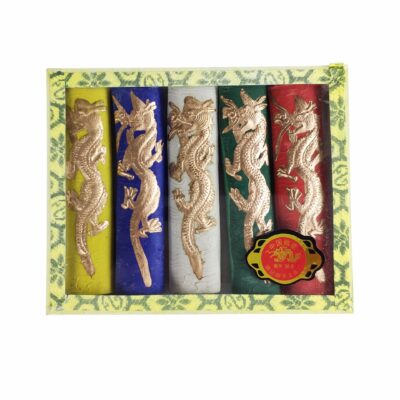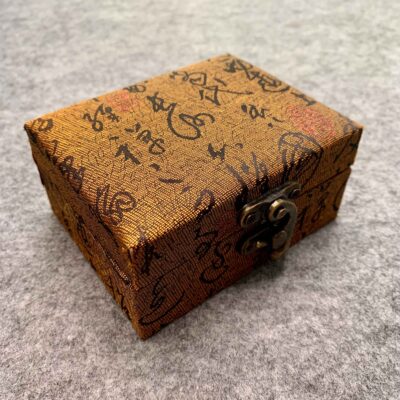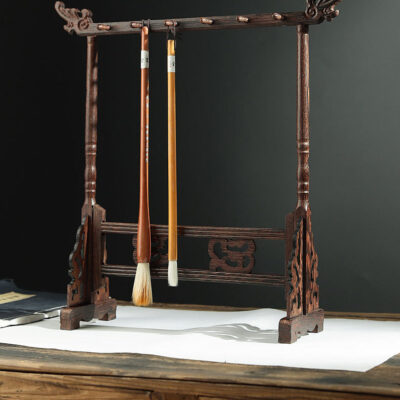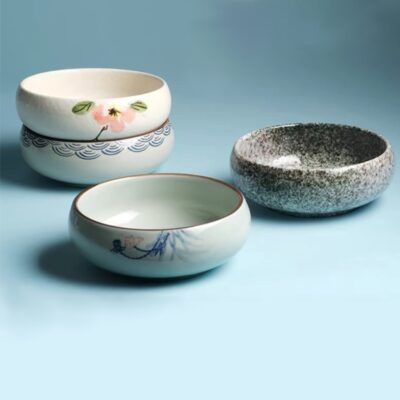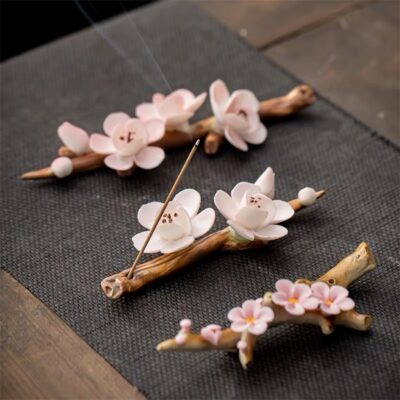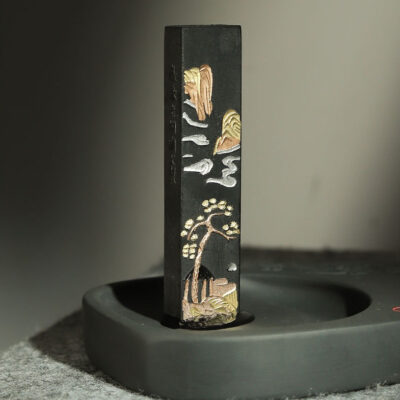Oriental art, where to start?
Lately there have been some questions regarding the learning of the oriental arts, especially for beginners, where is a good starting point? I would like to share some thoughts regarding this topic, as it is a rather key question, which can affect the results of learning.
The simple answer to this question is, if you have the time, start with the Chinese calligraphy. From here on, calligraphy or painting will become exceedingly easy. The calligraphy and painting share the same origins, they also share the tools and method of creation, so it is easier to start with the simpler of the two, calligraphy.

[icegram campaigns=”7414″]
I call calligraphy simpler, it is because this form of art does not require colors in comparison with painting. But in fact to write calligraphy well, one needs to take no less practice than painting. However, calligraphy can also be seen as an ultimate form of painting, where the planes have been reduced to lines and dots, but the dimensions are still there.
It is totally fine to start with painting too, however the start will take longer than people who are already familiar with using a brush and ink to create lines. A downside of only knowing painting, is that a complete piece of oriental art is composed of calligraphy, painting, and seals (we are not required to make the seals ourselves), so not being able to write nice characters (often poems and names) is an existing problem among modern artists.
Which script to start?
Among the 5 major scripts, the most classic starting point would be seal script 隶书, however the most useful and popular choice is the regular script 楷书. The seal script was an ancient form of writing, and most people nowadays do not even recognize the characters written in this script anymore. The best place to see these characters being used would be at the Terra Cotta Warrior site, where naturally everything was made to look original, and it was seal script that was used then.
The regular script being the popular choice is because of its wide applications. On the newspapers, TV show subtitles, most business signs, everywhere we see would be a font that came from this script. This script is the clearest to read, and is the most recognizable one. All the children in school are required to learn this script. So even though this script was developed later, and it is not the most expressive one, it is still the most popular one.

So between the seal script and the regular script, either style could be a nice starting point of brush art training. As a child, I started with the regular script practice, which gave me very solid knowledge of character structures and balance. Although I can imagine writing seal script as a start, the brush stroke requirements in the seal scripts are more fundamental, which has a wider application in paintings. There are two basic ways of writing brush strokes, but only one of them displays true strength and this is the one used almost exclusively in seal script. The weakness of seal script is also rather apparent, apart from fewer application (outside of art creation), the character structures are rather different from modern writing.

What if I want to only learn painting?

It is of course normal to only want to learn painting, but the advice is, some knowledge of calligraphy is necessary, so that you are not limited by the awkward signatures. Learn to sign the year, your name and perhaps the season, at least your paintings will be authentic. It will also be great to know a few useful and common phrases or better yet, idioms and sentences from poems, so that your paintings can also have an elegant title. These do not have to be long, but 1-4 characters can suffice! In this case, the best styles to learn would be the “more decorative” types, that include seal script and (semi) cursive script. The regular script will be too rigid as a title.
Considering all the above, perhaps you can have a good idea of what suits you in the oriental art pursuit! I am almost certain however, that whichever starting point you take will lead you further and further on this artistic quest, and you will want to learn more and more. Your mind will clear, your body will relax, and you will fall madly in love with simple lines of ink – can you believe that?
Our Books
-
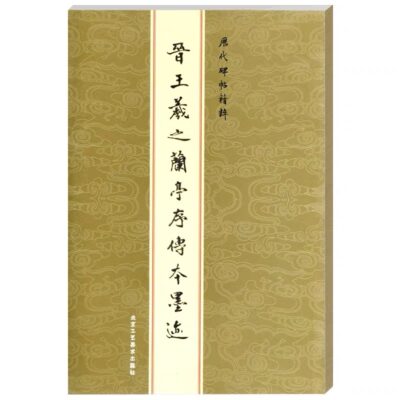 Calligraphy Manual, Cursive Script
Calligraphy Manual, Cursive Script -
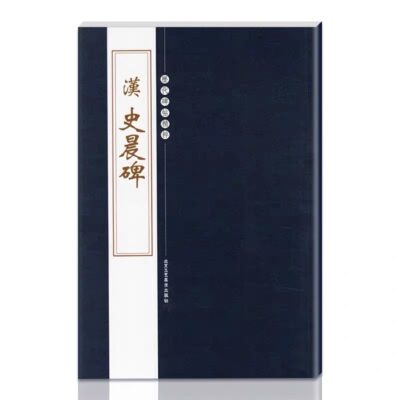 Calligraphy Manual, Official Script
Calligraphy Manual, Official Script -
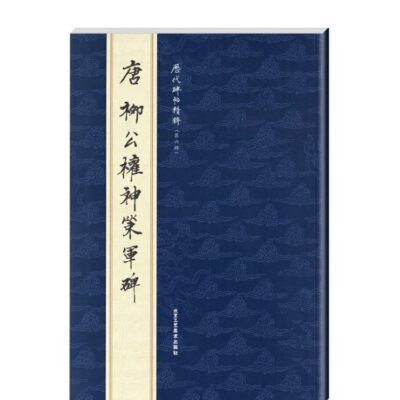 Calligraphy Manual, Regular Script
Calligraphy Manual, Regular Script -
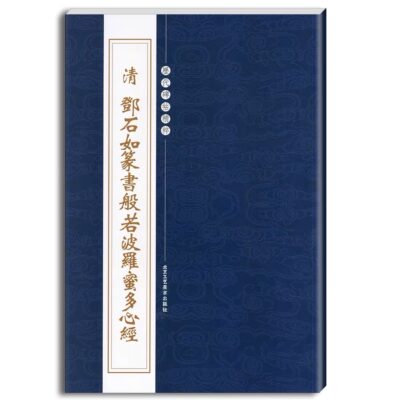 Calligraphy Manual, Seal Script
Calligraphy Manual, Seal Script -
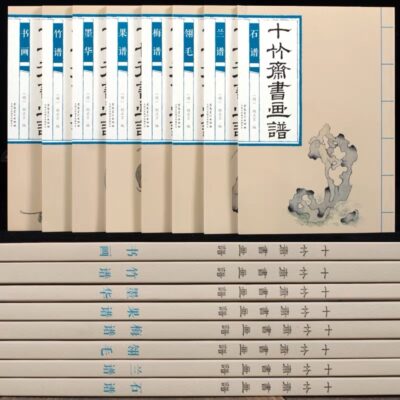 Classic Painting Manual, Shi Zhu Zhai (Set of 8)
Classic Painting Manual, Shi Zhu Zhai (Set of 8) -
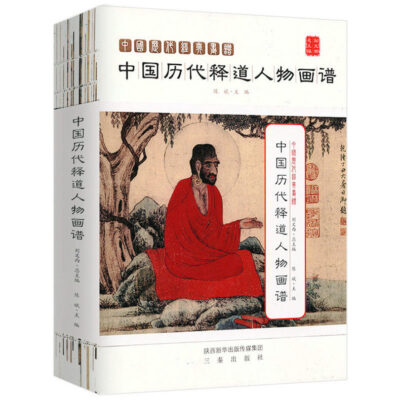 Collection of Classic Painting, Buddhism & Taoism Figures
Collection of Classic Painting, Buddhism & Taoism Figures -
 Collection of Classic Painting, Female Figures
Collection of Classic Painting, Female Figures -
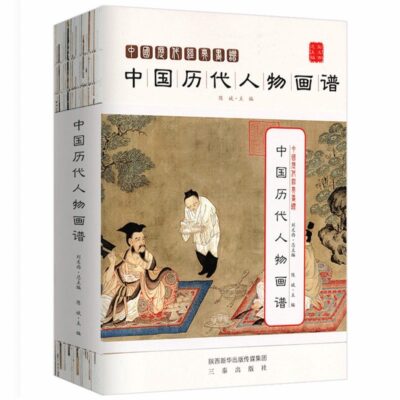 Collection of Classic Painting, Figures
Collection of Classic Painting, Figures -
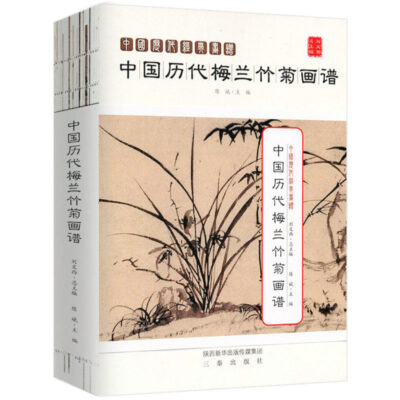 Collection of Classic Painting, Four Gentleman Flowers
Collection of Classic Painting, Four Gentleman Flowers -
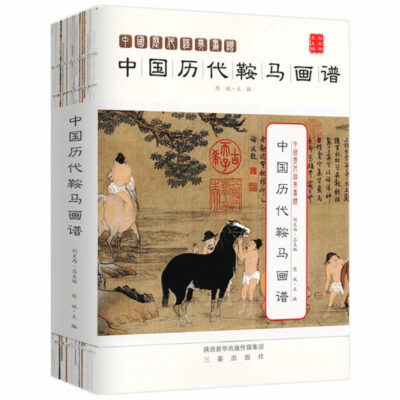 Collection of Classic Painting, Horses
Collection of Classic Painting, Horses -
 Collection of Classic Painting, Landscape
Collection of Classic Painting, Landscape -
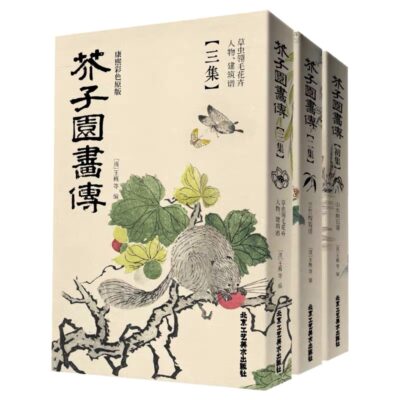 Colored Classic Painting Manual, Jie Zi Yuan
Colored Classic Painting Manual, Jie Zi Yuan -
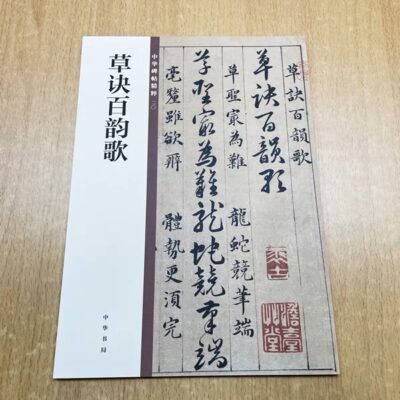 Cursive Script “Bible”
Cursive Script “Bible” -
 Flower & Bird Freehand Paintings by Great Masters
Flower & Bird Freehand Paintings by Great Masters -
 Flower & Bird Freehand Paintings by Wang Xue Tao
Flower & Bird Freehand Paintings by Wang Xue Tao -
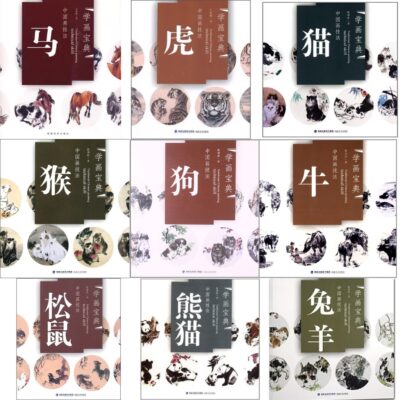 Freehand Painting – Beasts (set of 9)
Freehand Painting – Beasts (set of 9)
Buy Artworks | Learn Brush Painting | Learn Chinese Calligraphy
Oriental art, where to start? Read More »

